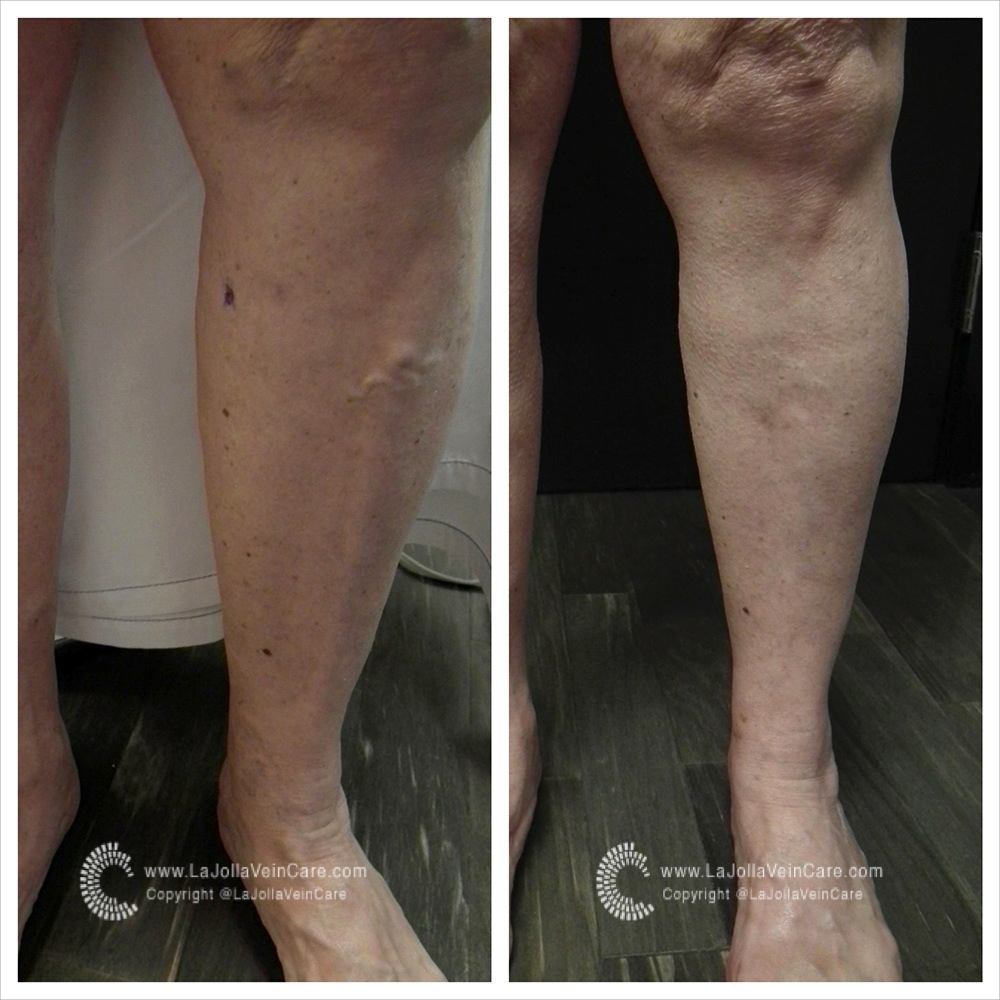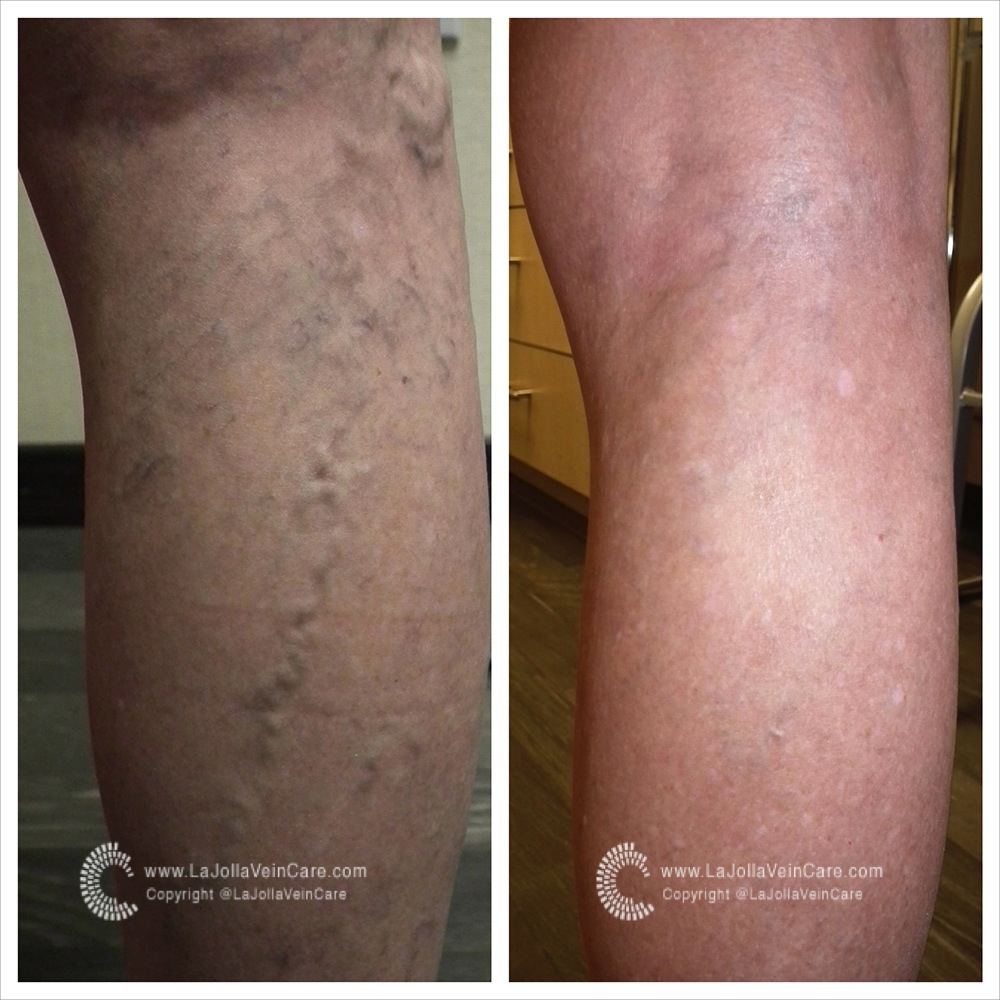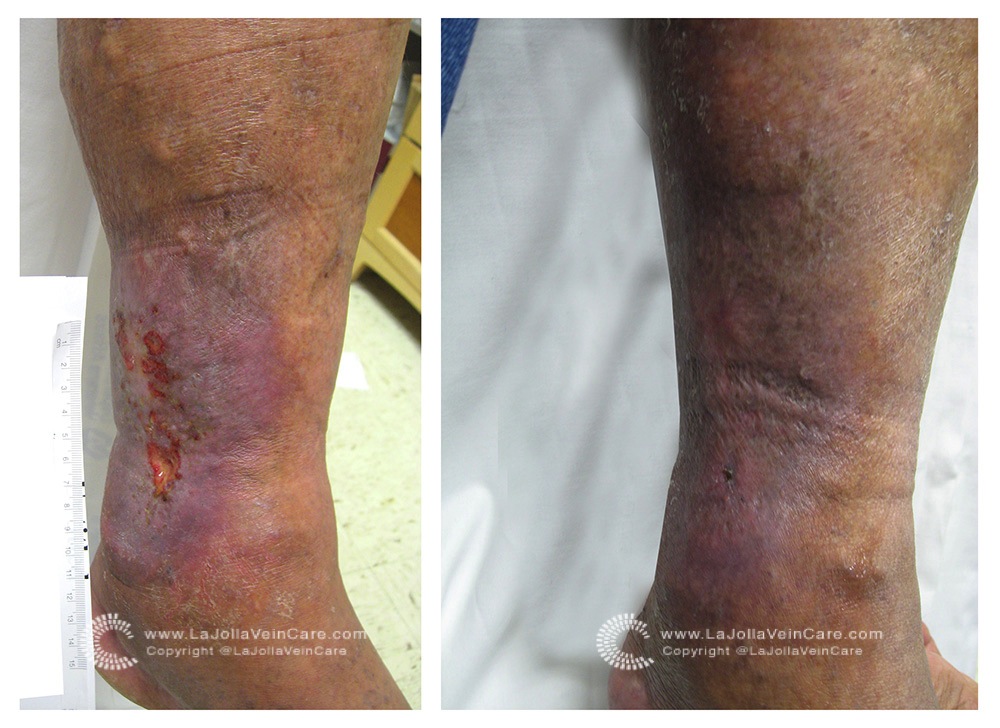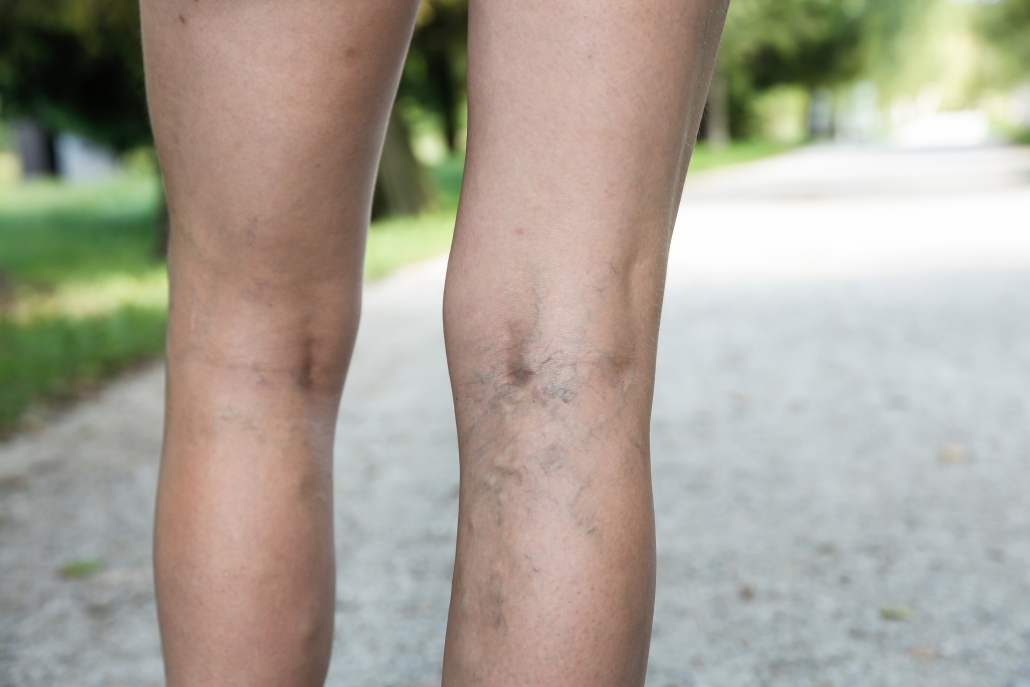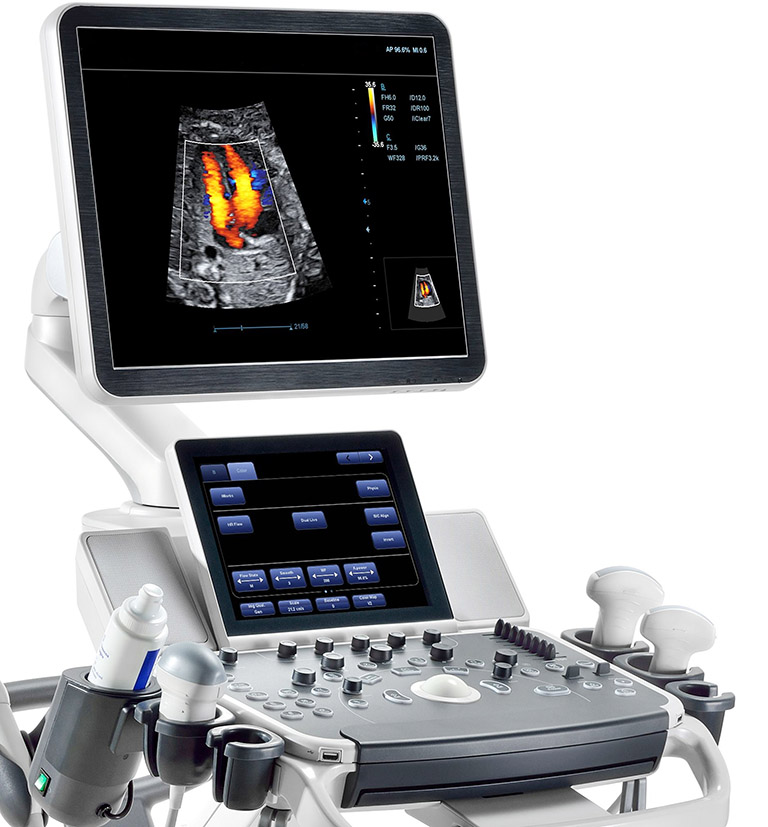Varicose Veins: Why Me?
Who gets varicose veins and why.
Both women and men can develop vein disorders at any age. It can affect the healthiest of individuals, but there are some conditions that increase your risk of developing varicose veins. They are mostly inherited; if both of your parents had varicose veins, you have a 90% chance of also […]
How does graduated compression help with the management of varicose veins?
Graduated compression therapy is used to treat vein disorders such as varicose veins, venous leg ulcer, venous insufficiency, venous reflux disease, swelling, and after vein treatments. They work by applying external pressure to your legs reducing venous pressure. These elastic stockings squeeze or compress the veins and prevent blood from flowing backward. Compression stockings must […]
Spider Vein Sclerotherapy Animation
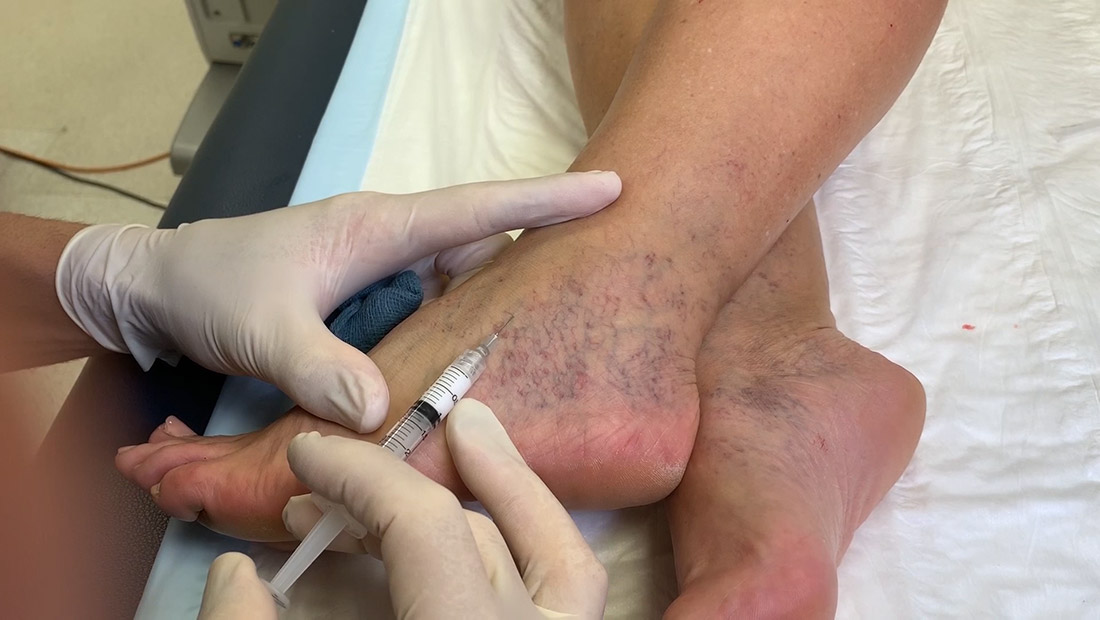
To see before and after pictures for sclerotherapy treatment of spider veins, please see our blog postings and before and after gallery.
I was told I have a Deep Vein Thrombosis (DVT), what does that mean?
I was told I have a Deep Vein Thrombosis-DVT, what does that mean?
A deep vein thrombosis (DVT) is a blood clot in one of the veins in the deep venous system. There are 2 types of veins in the legs, deep and superficial. Deep veins are deep within the muscle and are responsible for 90% […]

